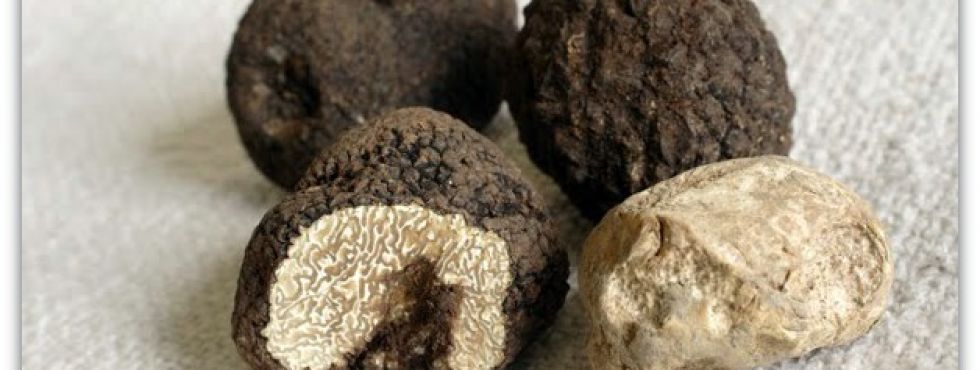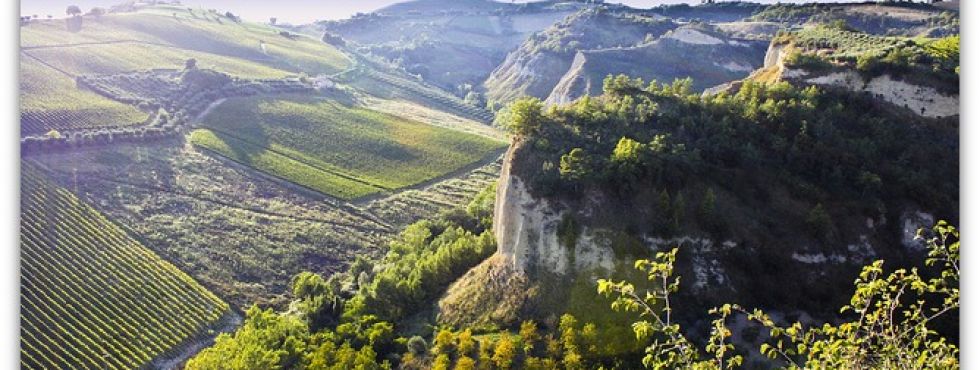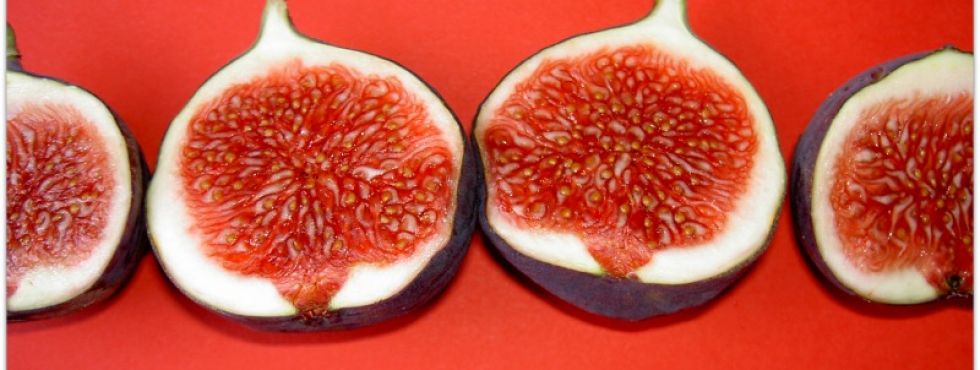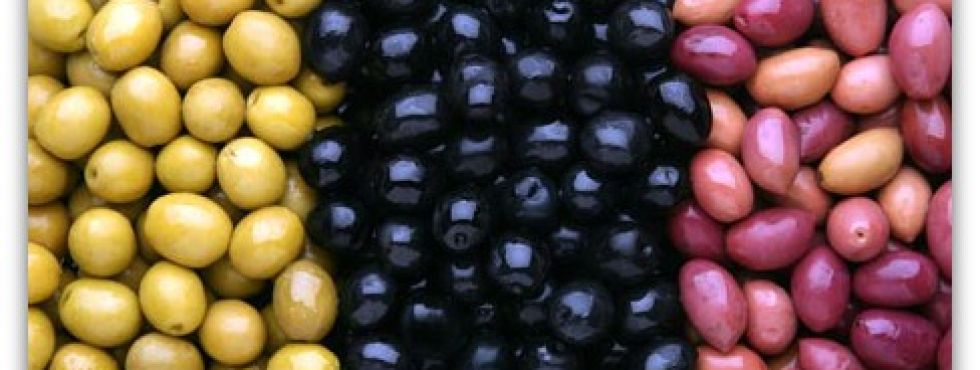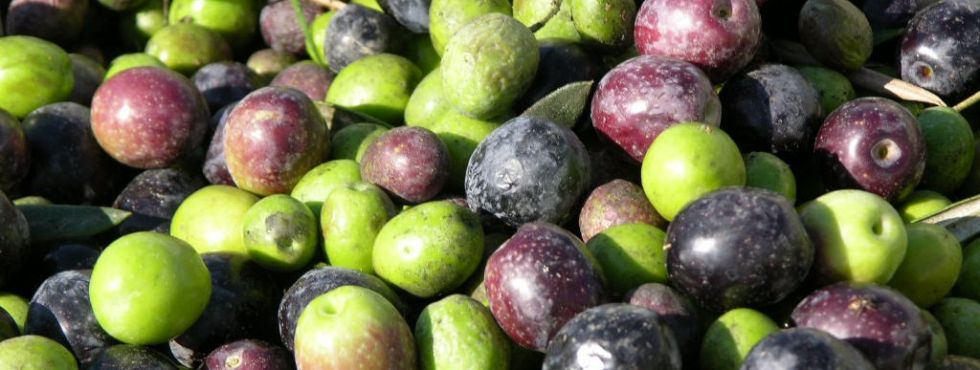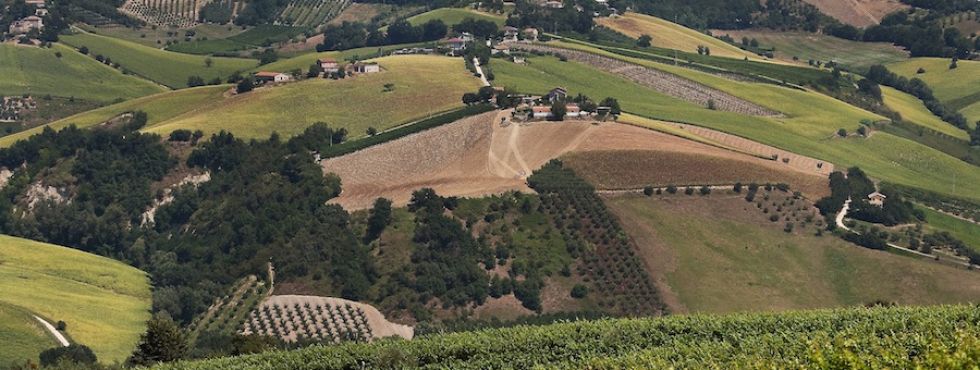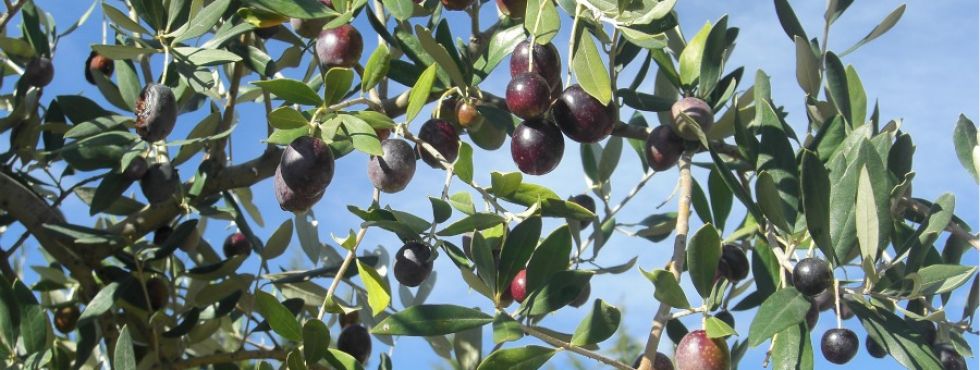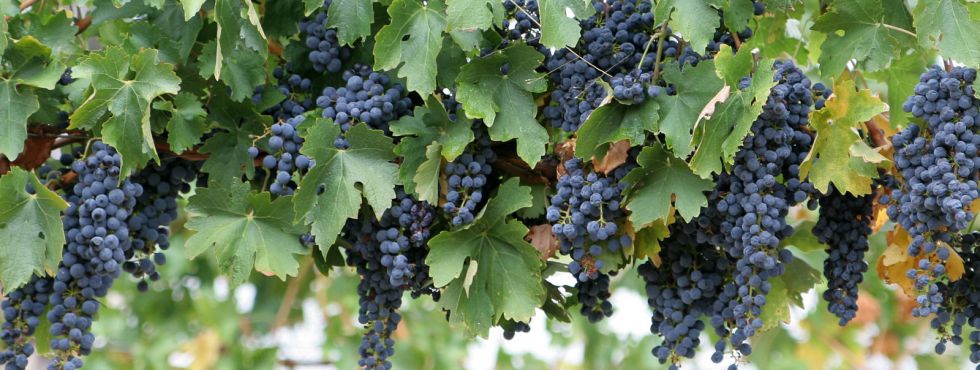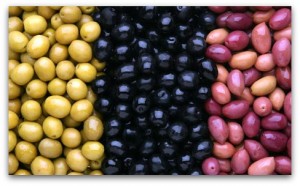 SLOW FOOD
SLOW FOOD
Il movimento slow food in Italia
A Fontechiara siamo convinti sostenitori dello slow food, il movimento ormai internazionale, creato da Carlo Petrini nel 1986 per offrire un’alternativa al fast food che oggi domina il mondo e contribuisce a incrementare il livello di malattia e obesità.Uno degli obiettivi del movimento slow food è la promozione della cucina tradizionale regionale, incoraggiando gli agricoltori a seminare e piantare varietà tipiche e spesso antichissime che sono autoctone di una determinata zona.
Lo slow movement si è allargato in tutto il mondo e conta più di 10000000 di sostenitori in oltre 100 paesi, promuovendo la produzione e l’uso di alimenti locali e contrastando le politiche agrarie che favoriscono la globalizzazione delle nostre derrate alimentari.Il movimento è alimentato dall’amore per il buon mangiare, da una coscienza civile e sociale e un po’ di attivismo politico per difendere i nostri beni alimentari dall’ omologazione del cibo nel mondo. Quando fu aperto il primo McDonald’s a Roma, in piazza di Spagna, Carlo era determinato a preservare i prodotti regionali e salvare i produttori locali dall’estinzione per risvegliare quel senso di patriottismo locale che rende il nostro paese assolutamente unico in ogni sua regione. Concedetevi un’esperienza slow food a Fontechiara e scoprite la ricchezza e i profumi della nostra cucina.
Slow travel – il viaggio lento attraverso l’Italia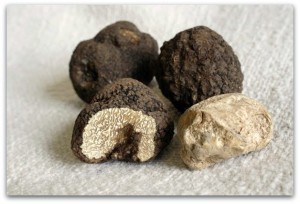
In seguito al movimento dello slow food si è aggiunto il principio dello slow travel, che promuove un tipo di turismo più consapevole. Invita a non seguire i flussi del turismo di massa ma di scoprire quei gioielli nascosti in ogni regione d’Italia, in ogni angolo del mondo, spesso conosciuti solo dagli abitanti del posto e non menzionati sulle guide turistiche.
Sempre più persone seguono i criteri dell’ecoturismo o turismo sostenibile, scegliendo una vacanza a basso impatto ambientale e proprio questi principi sono stati riassunti nel manifesto dello slow travel, pubblicato dalla rivista “Hidden Europe” (Europa nascosta), elencati qui di seguito:
Slow travel Europe – alcuni principi guida
1. Comincia il tuo viaggio a casa. La chiave dello slow travel è uno stato mentale, che va sviluppato a casa.
2. Viaggia piano. Evita, se possibile, gli aerei e scegli treni e autobus. La velocità disturba la connessione con il paesaggio, la lentezza la intensifica.
3. Potete pregustare l’arrivo nel posto scelto ma non perdetevi il gusto per il viaggio in sé.
4. Esplorate i mercati e i negozi di prodotti locali.
5.Sedetevi in un bar per diventare parte dell’ ambiente anziché passare come osservatore estraneo.
6.Prendetevi il tempo di ascoltare la lingua e il dialetto del posto che state visitando, imparate alcune frasi, usate un dizionario e comprate un quotidiano locale.
7. Entrate in armonia con la gente del posto e scegliete strutture e cibi che sono appropriate per il posto in cui vi trovate.
8. Fate ciò che fa la gente del posto e non limitatevi a ciò che leggete sulle guide.
9. Sfrutta gli imprevisti. Un treno in ritardo o un autobus perso possono essere fonte di inaspettate opportunità.
10. Pensate a quello che potreste dare voi alla comunità che avete visitato.
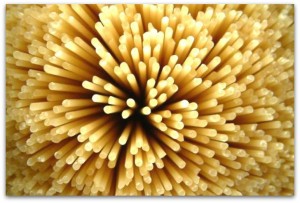 L’Agriturismo Fontechiara si trova nelle Marche, in provincia di Macerata a 4 km da Treia. Si può scegliere una vacanza Bed and Breakfast – B&B, ma agli amanti dello slow food e della cucina genuina proponiamo vacanze in mezza pensione o in pensione completa.
L’Agriturismo Fontechiara si trova nelle Marche, in provincia di Macerata a 4 km da Treia. Si può scegliere una vacanza Bed and Breakfast – B&B, ma agli amanti dello slow food e della cucina genuina proponiamo vacanze in mezza pensione o in pensione completa.
Un soggiorno a Fontechiara permette di seguire lo spirito dell’ ecoturismo e dà l’opportunità di assaggiare in un ambiente incantevole, i nostri prodotti biologici e regionali, come l’olio d’oliva extravergine Fontechiara ed i rinomati vini marchigiani.
Il casale coniuga armoniosamente il fascino antico con le moderne comodità ed ha una piscina circondata dal verde.
Offriamo vacanze dedicate alla tranquillità, allo yoga, all’arte, alla pesca o all’acquisizione di conoscenze sulla produzione e la valutazione dell’olio d’oliva extravergine; i nostri ospiti stranieri possono partecipare alle lezioni d’italiano mentre i dintorni sono perfetti per una vacanza sportiva in sella ad una mountain bike o per fare una gita di shopping in uno dei tanti outlet della regione.
Accogliamo con piacere anche i nostri amici a quattro zampe, cani e gatti e offriamo un servizio di dog sitting qualificato.
Nelle Marche si trovano spiagge incantevoli, montagne mozzafiato, boschi preziosi, natura incontaminata e innumerevoli luoghi di interesse storico e artistico oltre agli infiniti piaceri enogastronomici. E’ veramente “L’Italia in una regione”.
Consultate i nostri prezzi e le offerte speciali per una vacanza indimenticabile.”
Slow Food Italia
Agriturismo Fontechiara is a working farm and as food producers we are keen advocates of Slow food Italia and the slow food movement. The international slow food movement was founded by Carlo Petrini in 1986 and offers an alternative to the fast food that now dominates the world and often increases obesity levels.
What is the Slow Food Movement?
Slow Food attempts to promote traditional and regional cuisine and encourages the farming of plants, seeds and livestock characteristic of the local market. As the first part of the broader Slow movement, it has now expanded globally to over 100,000 members in over 100 countries. The slow food movement encourages sustainable locally produced food and is actively protesting by a political agenda directed against the globalization of agriculture.
The recipe for the slow food movement includes a social conscience, a love of delicious food and maybe a bit of politial activism. Its roots lie in Petrini’s concerted efforts to counter the homogenization of food around the world. When McDonald’s opened their first branch in Rome, Carlo felt determined to preseve regional foods and small producers from extinction and to stimulate a revival and celebrate flavours and localism. Come and visit Fontechiara to experience Slow food Italy at its best.
Slow Travel Italy
Slow travel is a later addition to the Slow Movement and promotes travellers engaging better withthe communities along their route. It aims to get under the skin of local areas and encourage travellers to try the spots enjoyed by local residents rather than merely following guidebooks. There is a considerable overlap with the values of ecotourism or sustainable tourism and slow travllers generally look for low-impact travel styles,
Principles of slowtravel have been documented in the Manifesto for Slow Travel, written by the magazine “Hidden Europe” and these now feature heavily in Travel related articles. They now follow:
Slow travel Europe: some guiding principles:
1. Start slow travel at home. The key to slow travel is a state of mind. That can be developed at home.
2. Travel slow. Avoid planes if at all possible, and instead enjoy ferries, local buses and slow trains. Speed destroys the
connection with landscape. Slow travel restores it.
3. You may eagerly look forward to the arrival at your chosen destination, but don’t let that anticipation eclipse the
pleasure of the journey.
4. Check out local markets and shops.
5. Savour café culture. Sitting in a café, you become part of the cityscape and not merely a passing observer.
6. Take time to get a feel for the languages and dialects of the areas you visit. Learn a few phrases, use a dictionary and
buy a local newspaper.
7. Engage with communities at the right level. Choose accommodation and eating options that are appropriate to the
area where you are travelling.
8. Do what the locals do, not only what the guidebooks say.
9. Savour the unexpected. Delayed trains or missed bus connections create new opportunities.
10. Think what you can give back to the communities you visit.
Slow Food Italia
Agriturismo Fontechiara is a working farm and as food producers we are keen advocates of Slow food Italia and the slow food movement. The international slow food movement was founded by Carlo Petrini in 1986 and offers an alternative to the fast food that now dominates the world and often increases obesity levels.
What is the Slow Food Movement?
Slow Food attempts to promote traditional and regional cuisine and encourages the farming of plants, seeds and livestock characteristic of the local market. As the first part of the broader Slow movement, it has now expanded globally to over 100,000 members in over 100 countries. The slow food movement encourages sustainable locally produced food and is actively protesting by a political agenda directed against the globalization of agriculture.
The recipe for the slow food movement includes a social conscience, a love of delicious food and maybe a bit of politial activism. Its roots lie in Petrini’s concerted efforts to counter the homogenization of food around the world. When McDonald’s opened their first branch in Rome, Carlo felt determined to preseve regional foods and small producers from extinction and to stimulate a revival and celebrate flavours and localism. Come and visit Fontechiara to experience Slow food Italy at its best.
Slow Travel Italy
Slow travel is a later addition to the Slow Movement and promotes travellers engaging better withthe communities along their route. It aims to get under the skin of local areas and encourage travellers to try the spots enjoyed by local residents rather than merely following guidebooks. There is a considerable overlap with the values of ecotourism or sustainable tourism and slow travllers generally look for low-impact travel styles,
Principles of slowtravel have been documented in the Manifesto for Slow Travel, written by the magazine “Hidden Europe” and these now feature heavily in Travel related articles. They now follow:
Slow travel Europe: some guiding principles:
1. Start slow travel at home. The key to slow travel is a state of mind. That can be developed at home.
2. Travel slow. Avoid planes if at all possible, and instead enjoy ferries, local buses and slow trains. Speed destroys the
connection with landscape. Slow travel restores it.
3. You may eagerly look forward to the arrival at your chosen destination, but don’t let that anticipation eclipse the
pleasure of the journey.
4. Check out local markets and shops.
5. Savour café culture. Sitting in a café, you become part of the cityscape and not merely a passing observer.
6. Take time to get a feel for the languages and dialects of the areas you visit. Learn a few phrases, use a dictionary and
buy a local newspaper.
7. Engage with communities at the right level. Choose accommodation and eating options that are appropriate to the
area where you are travelling.
8. Do what the locals do, not only what the guidebooks say.
9. Savour the unexpected. Delayed trains or missed bus connections create new opportunities.
10. Think what you can give back to the communities you visit.
Slow Food Italia
Agriturismo Fontechiara is a working farm and as food producers we are keen advocates of Slow food Italia and the slow food movement. The international slow food movement was founded by Carlo Petrini in 1986 and offers an alternative to the fast food that now dominates the world and often increases obesity levels.
What is the Slow Food Movement?
Slow Food attempts to promote traditional and regional cuisine and encourages the farming of plants, seeds and livestock characteristic of the local market. As the first part of the broader Slow movement, it has now expanded globally to over 100,000 members in over 100 countries. The slow food movement encourages sustainable locally produced food and is actively protesting by a political agenda directed against the globalization of agriculture.
The recipe for the slow food movement includes a social conscience, a love of delicious food and maybe a bit of politial activism. Its roots lie in Petrini’s concerted efforts to counter the homogenization of food around the world. When McDonald’s opened their first branch in Rome, Carlo felt determined to preseve regional foods and small producers from extinction and to stimulate a revival and celebrate flavours and localism. Come and visit Fontechiara to experience Slow food Italy at its best.
Slow Travel Italy
Slow travel is a later addition to the Slow Movement and promotes travellers engaging better withthe communities along their route. It aims to get under the skin of local areas and encourage travellers to try the spots enjoyed by local residents rather than merely following guidebooks. There is a considerable overlap with the values of ecotourism or sustainable tourism and slow travllers generally look for low-impact travel styles,
Principles of slowtravel have been documented in the Manifesto for Slow Travel, written by the magazine “Hidden Europe” and these now feature heavily in Travel related articles. They now follow:
Slow travel Europe: some guiding principles:
1. Start slow travel at home. The key to slow travel is a state of mind. That can be developed at home.
2. Travel slow. Avoid planes if at all possible, and instead enjoy ferries, local buses and slow trains. Speed destroys the
connection with landscape. Slow travel restores it.
3. You may eagerly look forward to the arrival at your chosen destination, but don’t let that anticipation eclipse the
pleasure of the journey.
4. Check out local markets and shops.
5. Savour café culture. Sitting in a café, you become part of the cityscape and not merely a passing observer.
6. Take time to get a feel for the languages and dialects of the areas you visit. Learn a few phrases, use a dictionary and
buy a local newspaper.
7. Engage with communities at the right level. Choose accommodation and eating options that are appropriate to the
area where you are travelling.
8. Do what the locals do, not only what the guidebooks say.
9. Savour the unexpected. Delayed trains or missed bus connections create new opportunities.
10. Think what you can give back to the communities you visit.
Slow Food Italia
Agriturismo Fontechiara is a working farm and as food producers we are keen advocates of Slow food Italia and the slow food movement. The international slow food movement was founded by Carlo Petrini in 1986 and offers an alternative to the fast food that now dominates the world and often increases obesity levels.
What is the Slow Food Movement?
Slow Food attempts to promote traditional and regional cuisine and encourages the farming of plants, seeds and livestock characteristic of the local market. As the first part of the broader Slow movement, it has now expanded globally to over 100,000 members in over 100 countries. The slow food movement encourages sustainable locally produced food and is actively protesting by a political agenda directed against the globalization of agriculture.
The recipe for the slow food movement includes a social conscience, a love of delicious food and maybe a bit of politial activism. Its roots lie in Petrini’s concerted efforts to counter the homogenization of food around the world. When McDonald’s opened their first branch in Rome, Carlo felt determined to preseve regional foods and small producers from extinction and to stimulate a revival and celebrate flavours and localism. Come and visit Fontechiara to experience Slow food Italy at its best.
Slow Travel Italy
Slow travel is a later addition to the Slow Movement and promotes travellers engaging better withthe communities along their route. It aims to get under the skin of local areas and encourage travellers to try the spots enjoyed by local residents rather than merely following guidebooks. There is a considerable overlap with the values of ecotourism or sustainable tourism and slow travllers generally look for low-impact travel styles,
Principles of slowtravel have been documented in the Manifesto for Slow Travel, written by the magazine “Hidden Europe” and these now feature heavily in Travel related articles. They now follow:
Slow travel Europe: some guiding principles:
1. Start slow travel at home. The key to slow travel is a state of mind. That can be developed at home.
2. Travel slow. Avoid planes if at all possible, and instead enjoy ferries, local buses and slow trains. Speed destroys the
connection with landscape. Slow travel restores it.
3. You may eagerly look forward to the arrival at your chosen destination, but don’t let that anticipation eclipse the
pleasure of the journey.
4. Check out local markets and shops.
5. Savour café culture. Sitting in a café, you become part of the cityscape and not merely a passing observer.
6. Take time to get a feel for the languages and dialects of the areas you visit. Learn a few phrases, use a dictionary and
buy a local newspaper.
7. Engage with communities at the right level. Choose accommodation and eating options that are appropriate to the
area where you are travelling.
8. Do what the locals do, not only what the guidebooks say.
9. Savour the unexpected. Delayed trains or missed bus connections create new opportunities.
10. Think what you can give back to the communities you visit.
